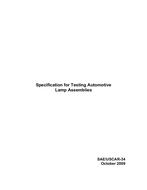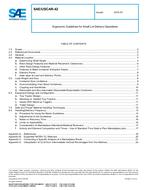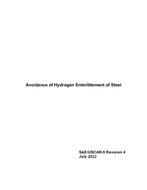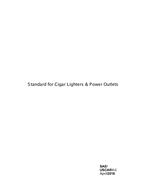Description
This document describes analytical methods for calculating the attenuation of the level of the sound propagating from an airplane to locations on the ground and to the side of the flight path of an airplane during ground roll, climbout after liftoff, and landing operations. Both level and non-level ground scenarios may be modeled using these methods, however application is only directly applicable to terrain without significant undulations, which may cause multiple reflections and/or multiple shielding effects. This attenuation is termed lateral attenuation and is in excess of the attenuation from wave divergence and atmospheric absorption.The methods for calculating the lateral attenuation of the sound apply to: turbofan-powered transport-category airplanes with engines mounted at the rear of the fuselage (on the sides of the fuselage or in the center of the fuselage as well as on the sides) or under the wings; propeller-driven transport-category or general-aviation airplanes; propagation over ground surfaces that may be considered to be “acoustically soft” such as lawn or field grass; situations where the terrain to the sides of the flight paths is not necessarily flat with receiver locations that are; elevated above or depressed below the corresponding point on the ground under a flight path; flight paths that include turns such that the airplane is banked.The calculation methods do not apply for calculation of lateral attenuation for: propagation over ground surfaces that are considered to be “acoustically hard” such as frozen or compacted soil, ice, or water; propagation over ground surfaces that contain many large structures, extensive forests, and similar objects; propagation over ground surfaces with significant undulating terrain; the sound produced by helicopters.
Product Details
- Published:
- 07/12/2012
- File Size:
- 1 file , 1.1 MB




